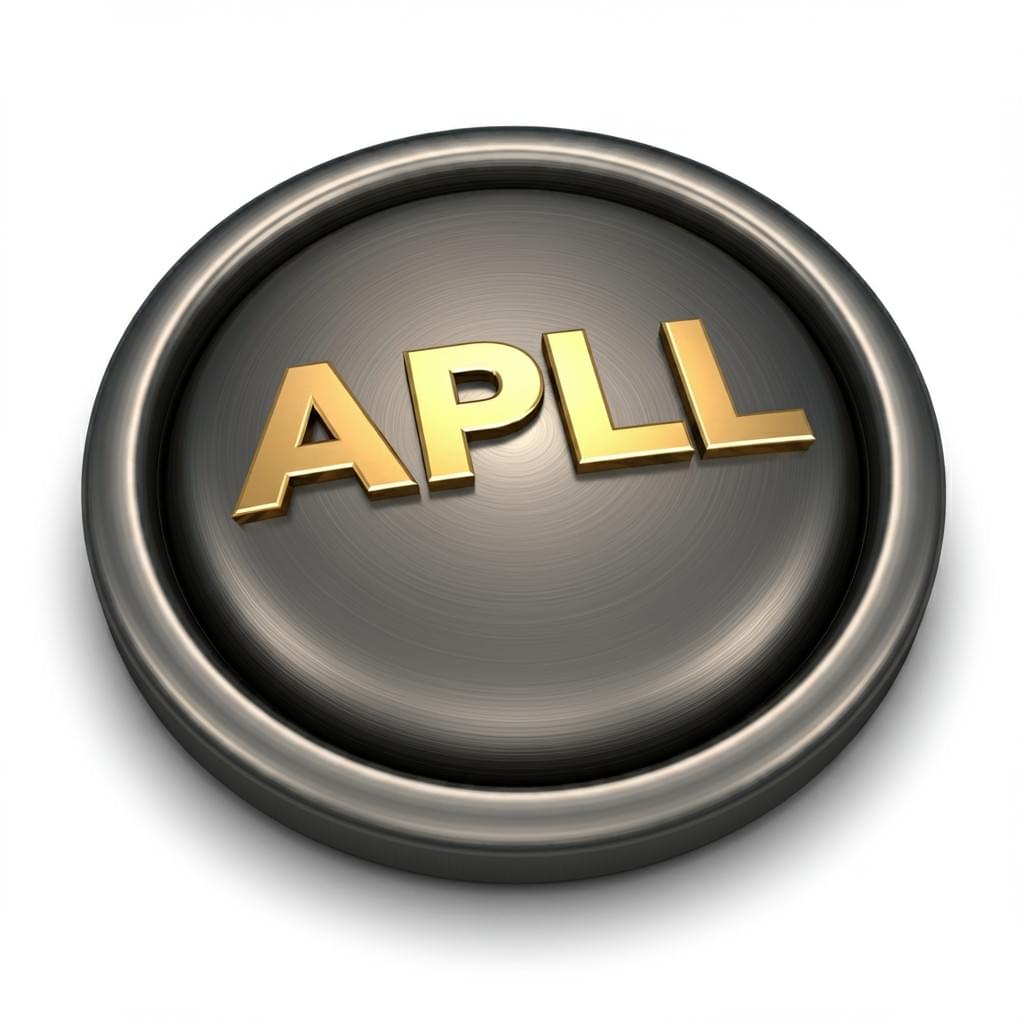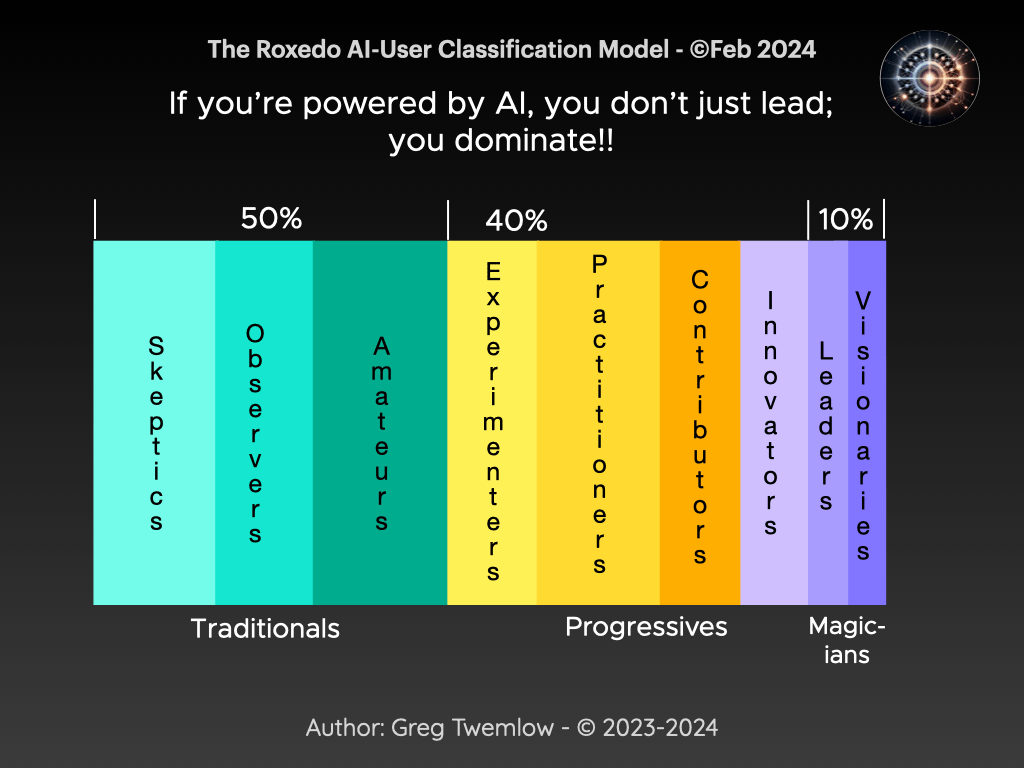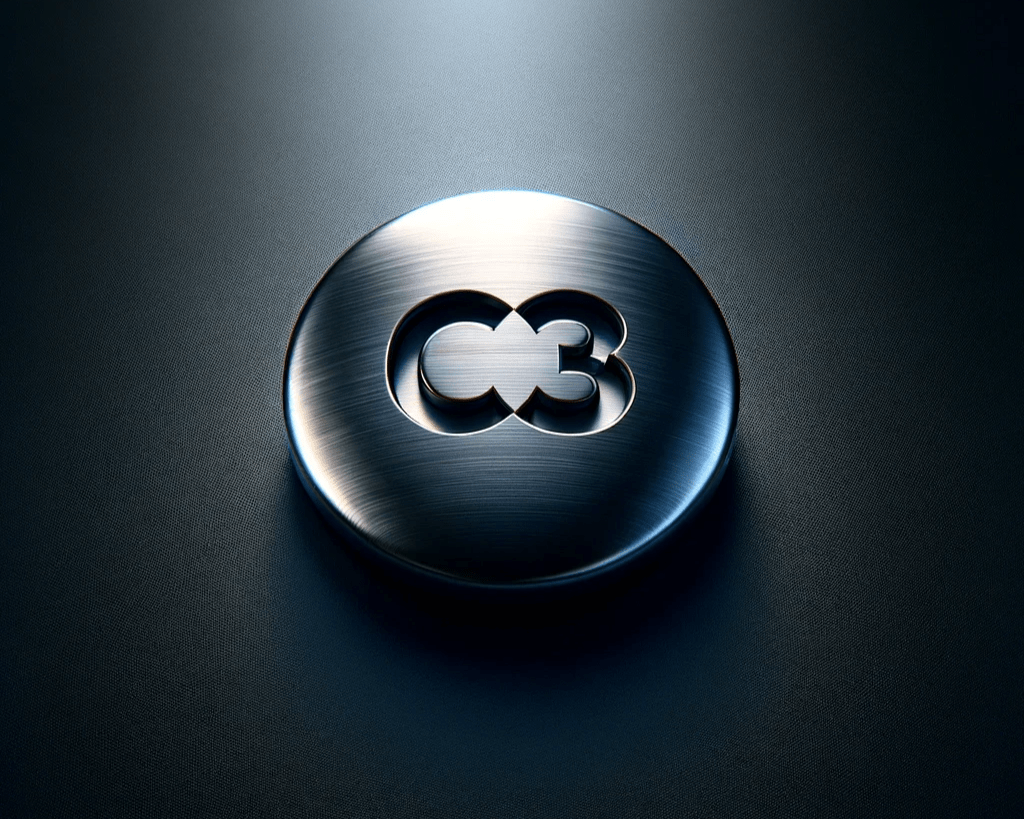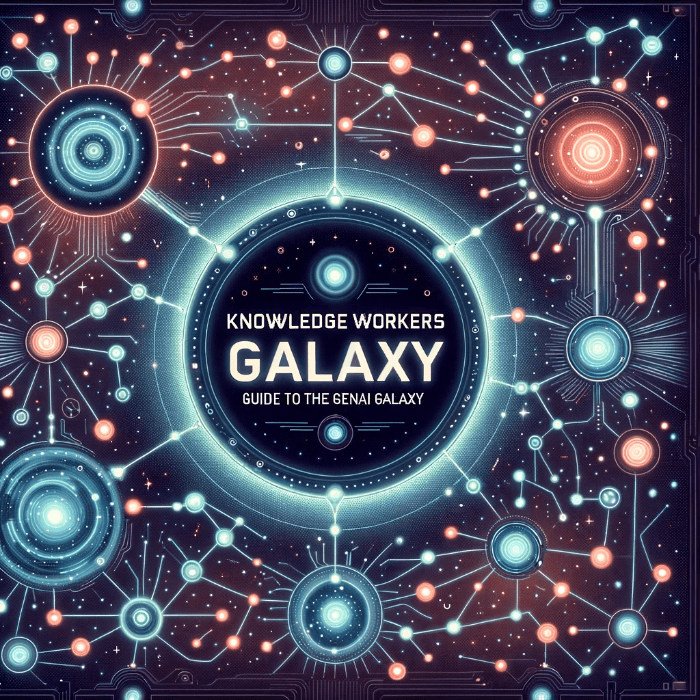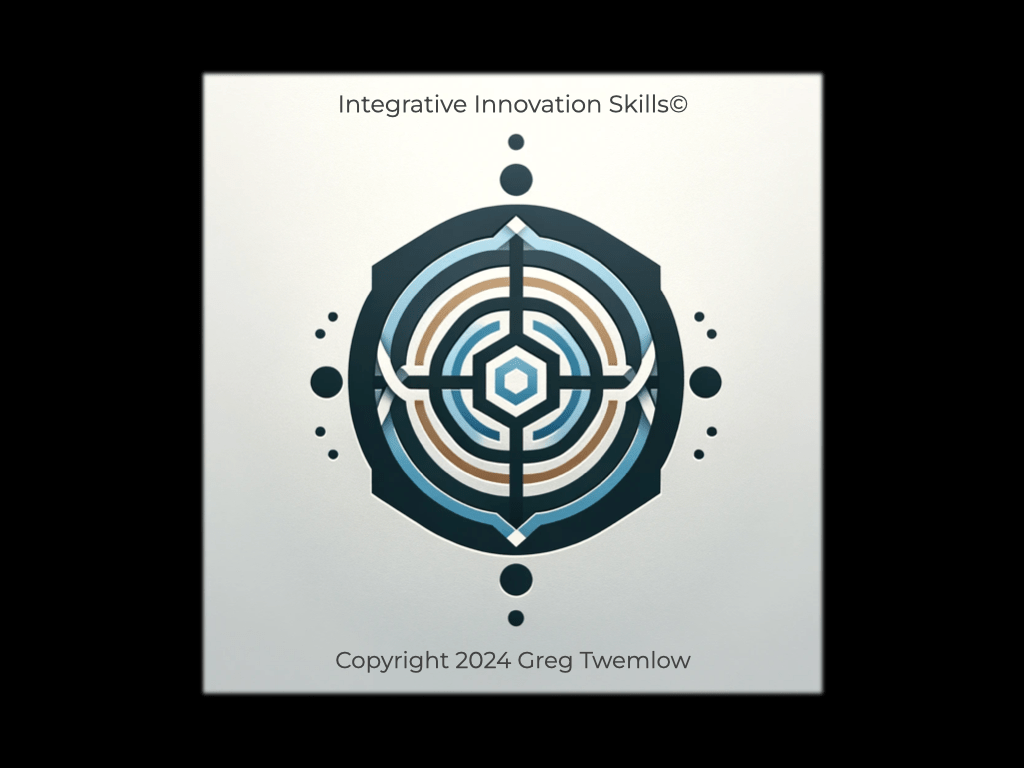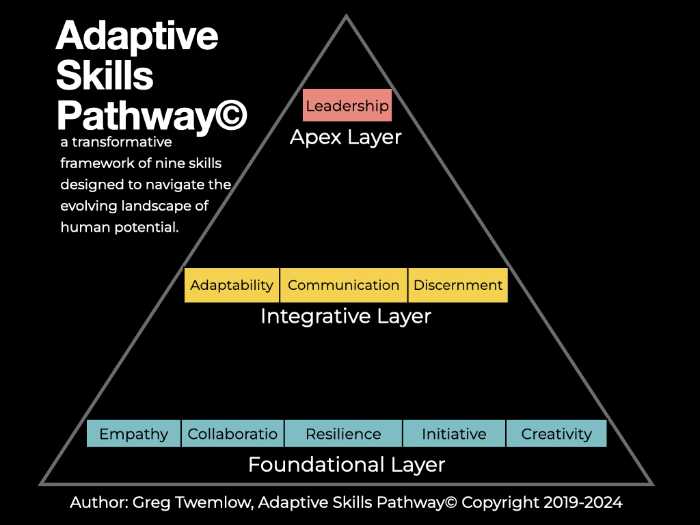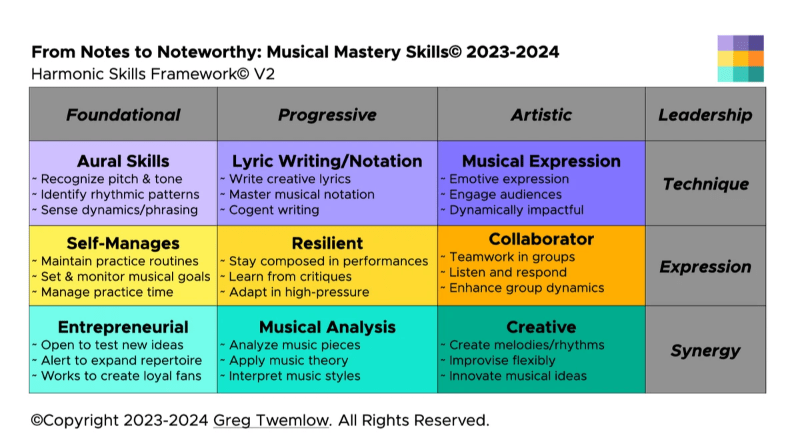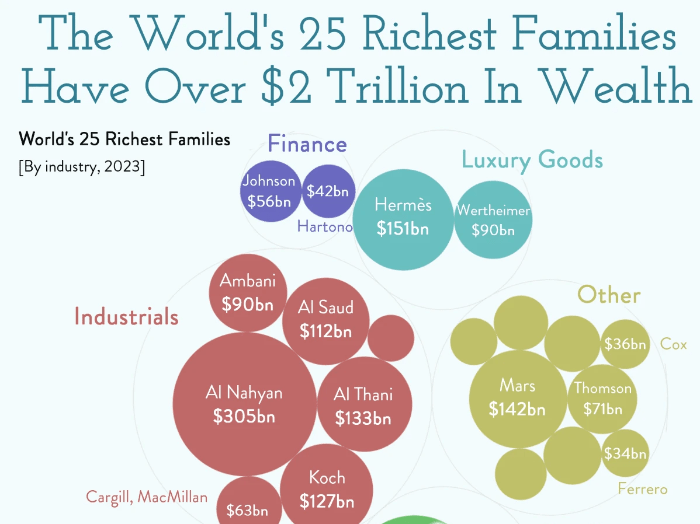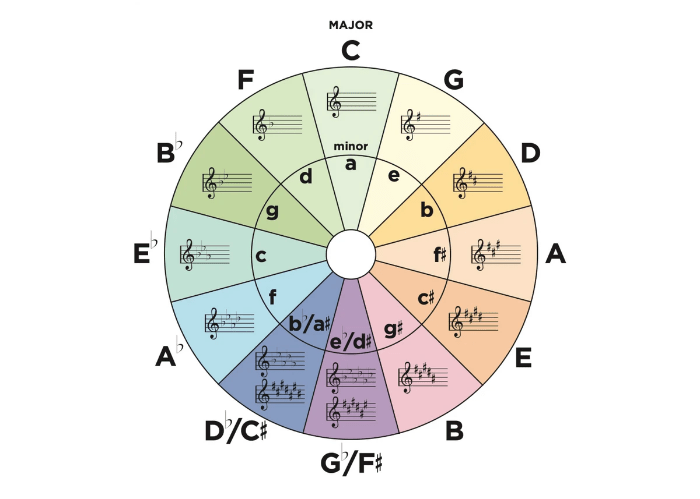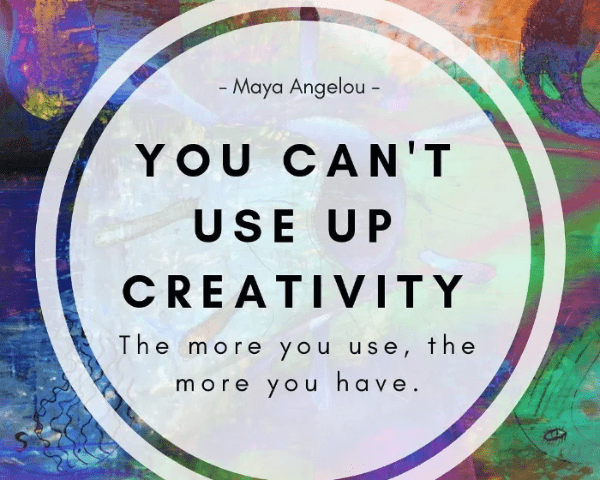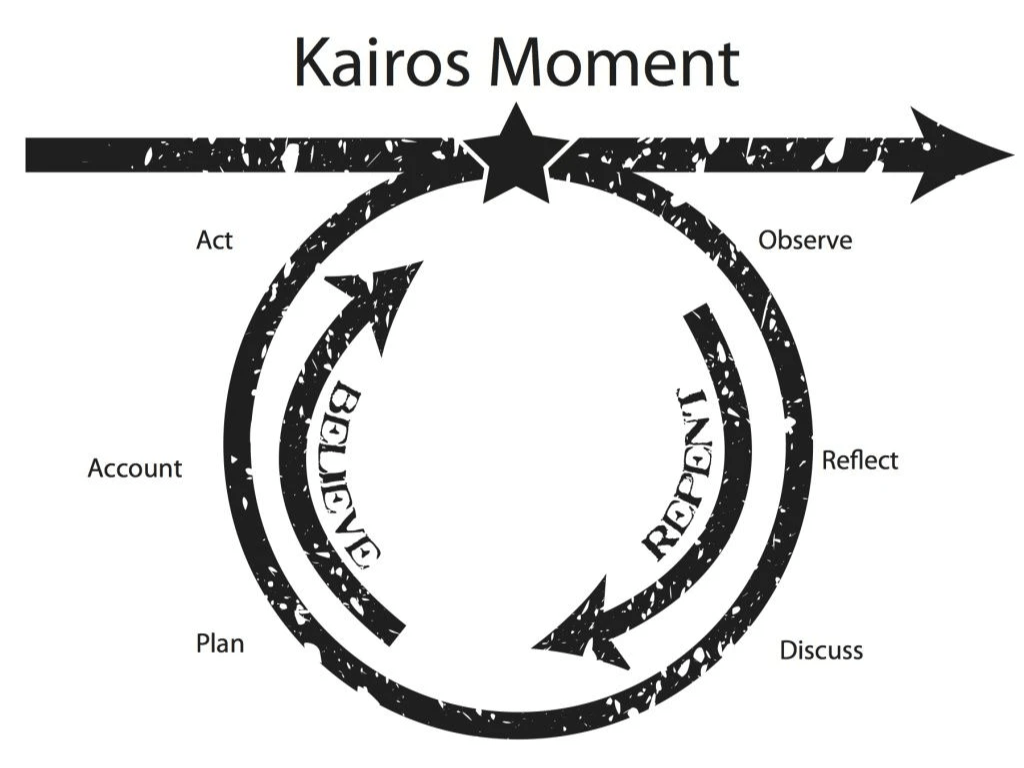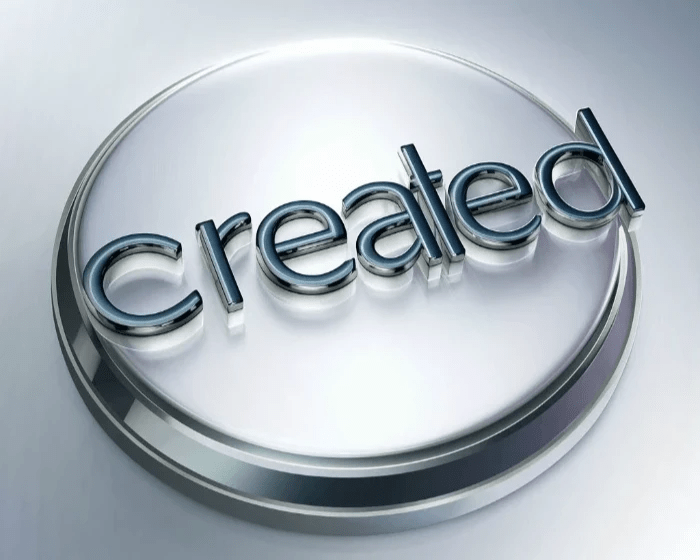

Greg Twemlow
Greg Twemlow
AI Advisor | Creativity Catalyst | Innovation Instructor | Author
AI Advisor | Creativity Catalyst | Innovation Instructor | Author
Welcome. Join me and discover the crossroads of AI, Creativity, and Innovation.
I constantly research how these realms intersect and shape our future so I can deliver value to my clients.
My career has enabled me to visit and live on Earth's five continents, and I'm driven by an insatiable curiosity about harnessing creativity, leadership, and technology to enhance human potential. Following my first taste of AI in early December 2022, I knew immediately that the world would never be the same again. It's been a thrilling journey that is now the foundation for leveraging creativity and innovation.
As you explore further, I hope you find inspiration in my writing, reflecting a journey of personal growth, collective empowerment, and impact. I look forward to the opportunities and collaborations that may emerge as we progress toward an AI-driven future.
Best~Greg
AI Advisor | Creativity Catalyst | Innovation Instructor
Turn your potential into reality with my impactful, innovative, and creative guidance.
PEDAGOGY & LEARNING
My work on pedagogy and experiential learning began in 2013

Adaptive Skills Pedagogy
Future Skills Studio teaches students the crucial skills of providing detailed context to AI, crafting thoughtful prompts, and critically analyzing AI responses. This process enhances their ability to use AI effectively. It fosters a deep understanding of the iterative nature of human-AI interaction. Through this, students learn the importance of refining their questions and responses — the key to leveraging AI technology across various sectors, including finance, healthcare, and marketing, thereby enhancing decision-making and operational efficiency. These skills are no longer confined to the tech industry but are essential for anyone looking to navigate the future job market effectively. Read the full article on Medium.

QformIQ© in Education: the Yin-Yang of empowering student growth
QformIQ© isn’t just a theoretical construct; it’s a transformative force, redefining the educational journey as a dynamic, adaptive pathway that responds to each learner’s unique rhythm. This is more than a potential educational evolution; it’s a conscientious revolution. As educators, our mission transcends imparting knowledge; we must architect a future where every learner can harness their full potential. Embracing Q-Learning is not just an option in this mission; it's an imperative, a pivotal stride toward nurturing learners, future leaders, and innovators. Read the full article on Medium.

A student-centric, integrated approach to learning
Traditional education systems suffer from a prevalent issue of compartmentalization, where Students, Curricula/Teaching, and Administration generally operate in silos. This fragmented model leads to a disconnect, where the curriculum is out of sync with student needs, and administrative processes might not effectively support teaching and learning. Such a structure inevitably creates barriers to student progress, inhibiting the free flow of information and collaboration crucial for a vibrant learning environment. Read the full article on Medium.
AI PORTFOLIO
I began writing about AI in late 2022

Student-Centered Lifelong Education Model
The education system we rely on today is a relic of the past, designed for an industrial world that no longer exists. Its rigid, age-based structure must be redesigned to reflect the realities of the 21st century, where adaptability, innovation, and continuous growth are paramount. To meet these challenges, we need a new model that embraces lifelong learning without boundaries, centres on student agency, and leverages technology to create a flexible and inclusive ecosystem for all. Agency-Powered Lifelong Learning© (APLL) is how this vision combines by dismantling the concepts of Primary, Secondary, and Tertiary institutions. Read the article on Medium.

Speak, Command, Transform: The Future of AI as Your Operating System
AI Integration at the Foundation Level
AI as an operating system signifies a profound change: AI is no longer just a feature or an assistant within the system; it becomes the system itself. This integration enables AI to manage core functionalities, interfaces, resource allocations, and more, effectively making it the backbone of the digital experience. This foundational integration allows seamless, intuitive interaction across all devices — mobile phones, tablets, or personal computers — adapting dynamically to user needs and contexts. Read the article on Medium.

Bridging the AI Class Divide in Society: A Call for Equitable Access
The Emergence of an AI Class Divide: In 2023, we have witnessed the emergence of a significant societal schism that transcends the traditional digital divide: the AI class divide. This new frontier in inequality is not merely about access to technology but about the quality and capabilities of the AI tools at one’s disposal. Analyzing the complexities of this divide reveals a non-obvious aspect of society that Federal Governments must urgently consider. Read the article on Medium.

How to Devise AI Strategies — GenAI531© Framework Overview
GenAI531© is a strategic framework designed to guide organizations, especially small and medium enterprises (SMEs), by integrating general AI (GenAI) into their operations. It emphasizes staff empowerment, enhancing their capacity to make decisions, solve problems, and deliver exceptional value to clients and stakeholders. Read the article on Medium.

Contextual Authenticity is Essential to AI Interactions — create your “Custom Context Cv©” (C³)
It’s easy to consciously or subconsciously blur the lines between reality and the polished images we craft for the world. As we curate personas that reflect who we want to be rather than who we are, crucial questions emerge: Does this digital facade accurately reflect my depth, struggles, and aspirations? How can AI provide helpful responses if it lacks accurate context? Read the article on Medium.

How AI is Catalyzing Creative Minds
By late 2023, I realized that Gen AI would turbocharge creative expression, and everyone would have the opportunity to leverage AI and explore their innate creativity. Imagine a world where creative expression isn’t limited to those who have spent years mastering their craft but is accessible to everyone curious about their creative potential. Artificial intelligence (AI) as a means of creative expression makes this vision a reality. Read the article on Medium.

Thriving in the era of GenAI: a Comprehensive Guide for Knowledge Workers (KWs)
The catalyst behind penning this guide was a blend of observation, interaction with myriad professionals, and a burning desire to bridge the widening chasm between the present-day workforce and the GenAI-augmented horizon that beckons. I also identify as a KW and, if only for my own sake, needed to document what it means for my future to have my value challenged by GenAI. Read the article on Medium.

Age of the AI-Augmented Workforce
With the advent of Artificial Intelligence (AI), we are witnessing a seminal shift in the professional landscape that warrants an immediate and strategic response from employers and employees alike. While AI will not entirely replace human labor, it is irrefutable that individuals proficient in AI will supersede those who are not. Read the article on Medium.
WRITING PORTFOLIO
Most recent first

Rethinking AI: Why It’s Time to Flip the Standard Perspective to CollaborareAI©
Reflecting on my journey with artificial intelligence (AI), I’ve realized it is outside the conventional discourse surrounding AI adoption.
Initially, my thoughts revolved around being “aware whether you’re within or beyond an AI’s capabilities,” a perspective that, while seeming logical, inadvertently boxed me into thinking solely about workflows and capabilities. Read the full story on Medium.

How Corporations Setup Innovation Programs for Success
We’re living in a phase where the world is perpetually on the cusp of disruptive change, and innovation isn’t just a buzzword — it’s the lifeblood of sustained corporate vitality. The urgency to innovate systematically, ethically, and inclusively has never been more pronounced. That’s where the concept of “Integrative Innovation Skills©” comes into play — a pedagogical model and skills workshop designed to harness and cultivate the full spectrum of innovation competencies across an enterprise. Read the full story on Medium.

Adaptive Skills Pathway©
Like it or not, we live in an era where change is the only constant, and each day, we’re continually reminded of how fallible we all are. It’s a scenario that has motivated me to design your Adaptive Skills Pathway©, an innovative pedagogical model designed to equip current and next generations with the resilience, creativity, and ethical grounding needed to thrive in the 21st century. Read the full story on Medium.

Unlocking Ethical Leadership
Pedagogy is to learning, like a compass is to navigation©.” Ethical challenges are ever-present and all around us. The Ethical Pathways program, designed as an inspirational beacon and a transformative journey into ethical decision-making for year 9–12 students. Read the full story on Medium.

Reflective Response Framework©
The quest for inner clarity and the challenge of navigating external feedback are two separate paths. The Reflective Response Framework© (RRF) emerges as a fresh new approach, merging these paths into a cohesive strategy for growth. The Framework aims to harmonize your internal desires and values with the external world’s reactions, feedback, and criticism. Read the full story on Medium.

From Notes to Noteworthy — Musical Mastery Skills©
My goal with this pedagogical model is to eloquently capture the musical and personal development journey that the Harmonic Skills Framework© aims to facilitate. The columns and rows of the table reflect themes and can be used as a formative assessment tool to guide the musicians' areas of interest and focus. Read the full story on Medium.

Embracing Your Kids' Emotional Cosmos
In a profound sentence, Joseph Campbell, the famous 20th-century American philosopher, captures a universe of thought: “All the gods, all the heavens, all the hells, are within you.” Campbell’s phrase offers a magical insight into the human condition. His work transcends mythological studies and delves into universal aspects of human experience and the shared journey we all make through life. Read the full story on Medium.

Capitalism is Past its Use-By-Date
Commonly portrayed as the default economic system in our global narrative, Capitalism’s ethical and moral foundations rarely undergo serious scrutiny. Despite serving a minuscule proportion of the world’s population — with the wealthiest 1% controlling half of the world’s wealth — the system’s legitimacy remains largely unchallenged. Read the full story on Medium.

Generation Z’s Burden
Over the past four years, delivering experiential learning programs to students in years 9–11, I’ve gained a unique vantage point into the world of Generation Z. These observations are anchored in my firsthand experiences as an educator and mentor, keenly observing the attitudes, behaviors, and responses of the students I taught. My interactions have gifted me a window into their world. Read the full story on Medium.

The Smallest Herd:Understand the Interplay of Individuality and Social Groups in Youth Development
In an age dominated by social media, peer pressure, and an increasing sense of disconnection despite technological advances, understanding the dynamics of “herd mentality” is more crucial than ever. Read the full story on Medium.

Be a composer of your life’s melody and discover your “Why”
In the age-old wisdom of music lies the Circle of Fifths, a timeless concept that encapsulates an endless cycle of learning and discovery. This classic theory intricately maps out the harmonic relationships between the twelve tones of the musical scale, each key leading to the next with a promise of new melodic adventures. Read the full story on Medium.

Creativity is intelligence having fun.
As the CEO of a skills development company, I appreciate the immense value that creativity, critical thinking, and cultural understanding contribute to company growth. The world is an innovation-driven landscape. Employ people who can think outside the box, adapt to change, and communicate effectively with diverse stakeholders. Read the full story on Medium.

Never be afraid to hang your art on the wall©
The primary differentiator between humans and Artificial Intelligence systems is the skill of creativity. Creative thinking must be encouraged and celebrated throughout life, from a young age. Supporting creativity has to start with parents, yet very few parents understand how they can be their child’s Creative Muse. Read the full story on Medium.

I experienced an intriguingly different society when I worked in New Zealand
I’m Australian, and when I worked in New Zealand from 2014 to 2016, I experienced an intriguingly different society. After a few months, I thought, “What is so refreshingly different about this country?” Around six months after arriving, I experienced a revelation as the answer emerged one morning as I made my ten-minute walk to work from where I lived in Te Aro Wellington. Read the full story on Medium.

We love this earth as the newborn loves its mother’s heartbeat
“Hold in your mind the memory of the land as it is when you receive it. Preserve the land for all children and love it, as God loves us all. One thing we know, there is only one God; no man, be he red man or white man, can be apart. We are brothers, after all.” Words of Chief Seattle, 1852. We think memory cannot see into nor through events of history. Such thinking is a convenient forgetting — the past infuses everything present. Read the full story on Medium.

Your Journey As The Hero Of Your Own Life
Few things in life are as vital as the ability to influence others. To help the listener make the leap of faith you’re asking for is a daily challenge for all of us. “The limitation on language, to the communicator, is that the hearer must make that leap of imagination.” Robert Greenleaf, Servant Leadership. Mr Greenleaf is a famous American corporate leadership philosopher who espoused that leadership is about lifting the capabilities of the people who report to you. That is, you are the servant of the people you manage. Read the full story on Medium.

Introduction to the treatise: “Nature is God”
Reimagining Our Relationship with Nature: The genesis of this treatise is centered around a radical yet profound idea: redefining our perception of nature, elevating it from a mere component of our environment to the embodiment of divinity itself. This concept, encapsulated in the phrase “Nature is God,” challenges traditional viewpoints and invites a deep reconsideration of humanity’s relationship with the natural world. Read the full story on Medium.

Australia’s First Nations People - the Evolutionary Potential of The Voice
The referendum is an opportunity to Constitutionally recognize the 60,000-year-old culture of the First Nations people of this land. It is a modest first step on a journey that should have started 200 years ago. When Captain Cook entered Sydney Harbor in 1770, he should have carried orders to ensure the settlers found ways to cohabitate with indigenous people peacefully. Read the full story on Medium.

Kairos is the window to seize control of your life, not just hope for the best
It conveys an awareness of the right moment, the opportune moment. The world takes a breath, and in the pause, before it exhales, fates will be changed. The ancient Greeks had two words for time, and Kairos was the second. The first was Chronos which measures time; it’s quantitative.
Kairos is qualitative; it measures a moment, not seconds. Kairos conveys an awareness of the right moment, the opportune moment. The perfect moment. Read the full story on Medium.

New Knowledge is a Crucial Aspect of the Creative Process
“Creativity is the process of solving by asking open questions that elicit thoughtful replies, exposing new knowledge to inspire non-obvious, novel solutions and artistic works.©” Copyright Greg Twemlow
This expansive definition surpasses the traditional confines of Creativity, revealing that art generation is an ongoing process of inquiry, discovery, and innovation. Read the full story on Medium.
VIDEO PORTFOLIO
I've used video to communicate with the people I seek to influence
Overview of Enterprise in the Community
presented by Greg Twemlow
There's a saying that "nothing happens until an entrepreneur gets involved," and I firmly believe that's true. I also think that the earlier we make people aware they have entrepreneurial talent, the more significant the impact on their lives. This workshop helps teachers and students become aware of their innate entrepreneurial capacity.
Saluting Their Service Documentary
conceived and produced by Greg Twemlow
The documentary captured interviews of WWII and Vietnam service personnel by local high school students. A highlight of the film is the interview of WWII veteran Wal Edwards who was 103-years-old when we filmed. Wal was interviewed by Manly MP James Griffin. A shorter trailer can be viewed here.
Enterprise in the Community 2022 Highlights
TRIBAL WORLDWIDE
Enterprise in the Community - business & school communities collaborating to solve problems. Delivered in conjunction with the Regional Education Industry Partnerships team at NSW Education. Experiential learning over two days. The program is designed for 15-18 year old high school students, and culminates in a pitch event where students present their proposed solutions to local business owners.
Our future is all about LOCAL
Recognize a sense of urgency for reskilling communities, Greg Twemlow
What's needed is strong Government financial support to launch a version of SEVENmile into all of our urban and regional communities. It's why SEVENmile is open to partnering with Local and State Government agencies that recognize a sense of urgency for reskilling their communities.
Our future is all about LOCAL. Keep people in their communities and give them pathways to independence and success.
The Life Skills Pedagogical Model Explained
Life Skills explained by the designer, Greg Twemlow
What matters throughout life is the contents of your armamentarium: that collection of resources available or utilized for an undertaking or field of activity—a field of activity like 21st-century Life with its predictable unpredictability. Students who develop and hone the nine core skills in the framework can achieve more in a challenging job market. To achieve more, they need a blend of relevant real-world skills and the confidence to apply them.
Purchase Services


Balgowlah Boys - Impact Blueprint 2-Day Workshop
A$3 500.00This isn’t just a workshop. It’s a movement.
Empower students.
Transform businesses.
Shape our collective future.
Receipt will be emailed following purchase.QuantityComing soon

Consulting Services
A$150.00 - A$1 000.00A convenient way to purchase Greg's time @ $150 per hour, five hours for $625 or ten hours for $1,000. Note: Services provided by Gregory Twemlow ABN 15 786 946 607. Not registered for GST at this time.SelectQuantityComing soonMessage Greg

I am a citizen of the world, born in the lands of the Gayamaygal, ‘the tribe of Kay-yee-my’, Sydney, Australia.
The Zen Buddhist Enso Circle is my logo. Enso represents enlightenment and the universe and carries a sense of completeness, yet with an openness that suggests growth, exploration, and the acceptance of imperfection. Enso is a symbol that encapsulates the essence of my mission and values.
This website and the published material is Copyright Greg Twemlow 2018-2024



